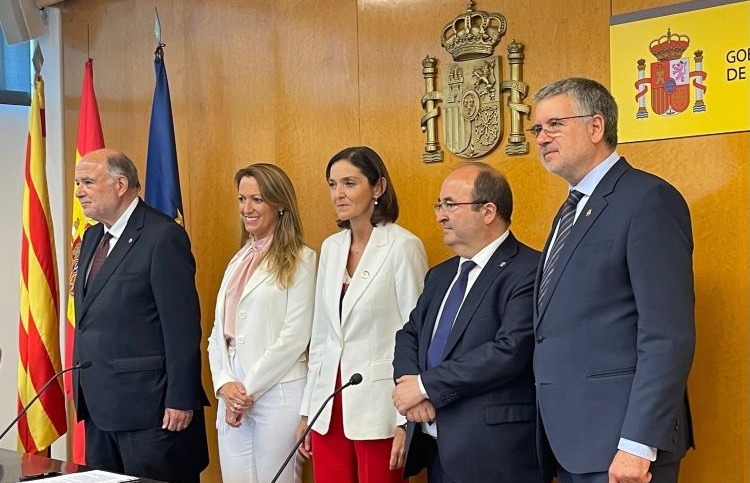The Diplomat
The Government has committed to allocate 35 million euros to undertake ten projects for the restoration and maintenance of historical heritage for tourist use, within the framework of the Tourism Modernization and Competitiveness Plan financed with European funds.
The Minister of Culture and Sport, Miquel Iceta, signed yesterday in Tarragona an agreement with the Minister of Industry, Trade and Tourism, Reyes Maroto, to undertake ten projects of restoration and maintenance of historical heritage for tourist use of state ownership for an amount of 35 million euros. The objective is to improve the capacity of Spain’s historical and cultural heritage throughout the country to continue attracting both national and international tourists.
The Ministry of Culture and Sport will be in charge of carrying out these ten projects in various cities, all of them of cultural and tourist interest, with direct implications on the cultural, environmental and economic sustainability of the environments in which they are located.
The refurbishment, restoration or rehabilitation projects will affect the Museum of Tarragona and the Museum of Cáceres; the castles of Sagunto (Valencia), Adsubia (Alicante), Santed (Zaragoza); the walls of Zamora and Burgo de Osma (Soria); and the National Library, the Museo Nacional Centro de Arte Reina Sofía and the Museo Nacional del Prado, included in the Landscape of Light in Madrid. All these actions must be completed before the end of the second quarter of 2026, in order to comply with the Recovery, Transformation and Resilience Plan.
Spain’s historical heritage is a key element in attracting tourists. Approximately 14.5 million of the trips made in 2019 were for cultural purposes. Spain has around 17,199 properties of cultural interest spread throughout the Spanish geography, especially in rural or inland areas. Proper maintenance of historic heritage properties will allow destinations to promote themselves and attract tourists by offering them tours or accommodation in these properties and improving their socioeconomic indicators, such as local development and employment.






